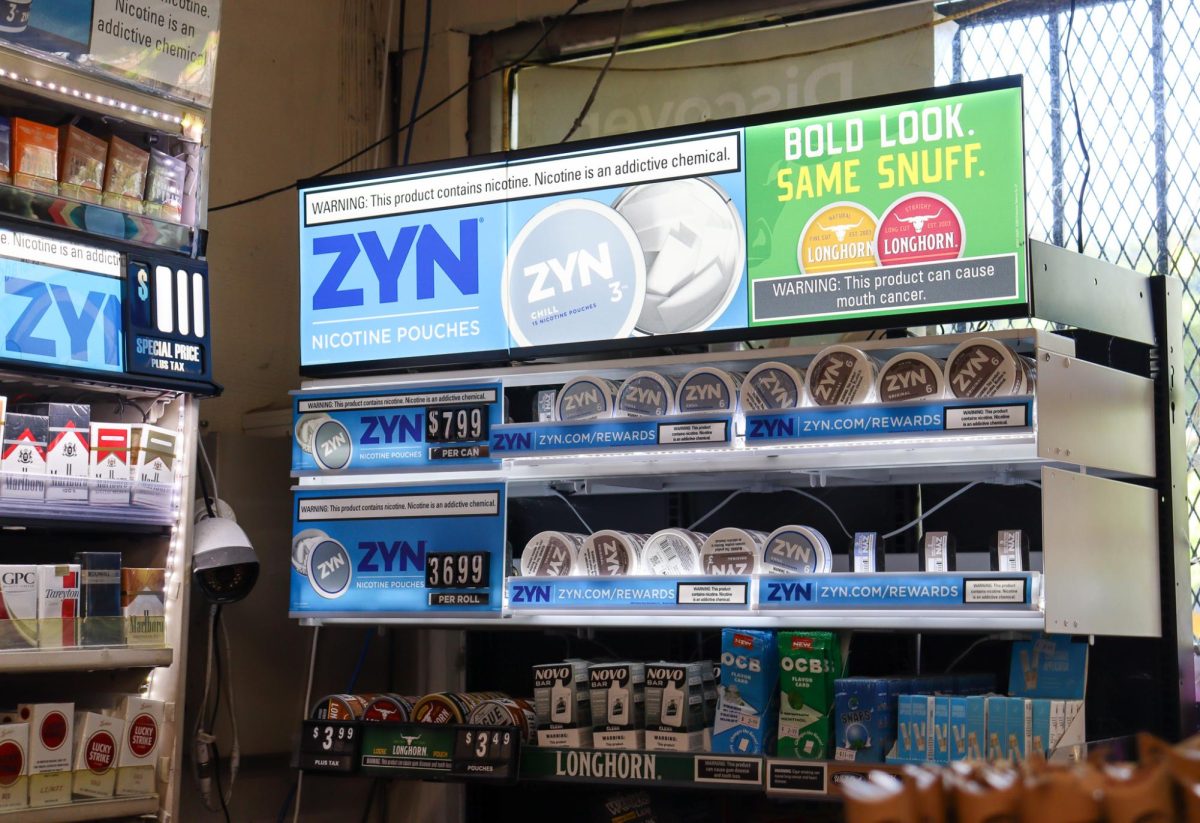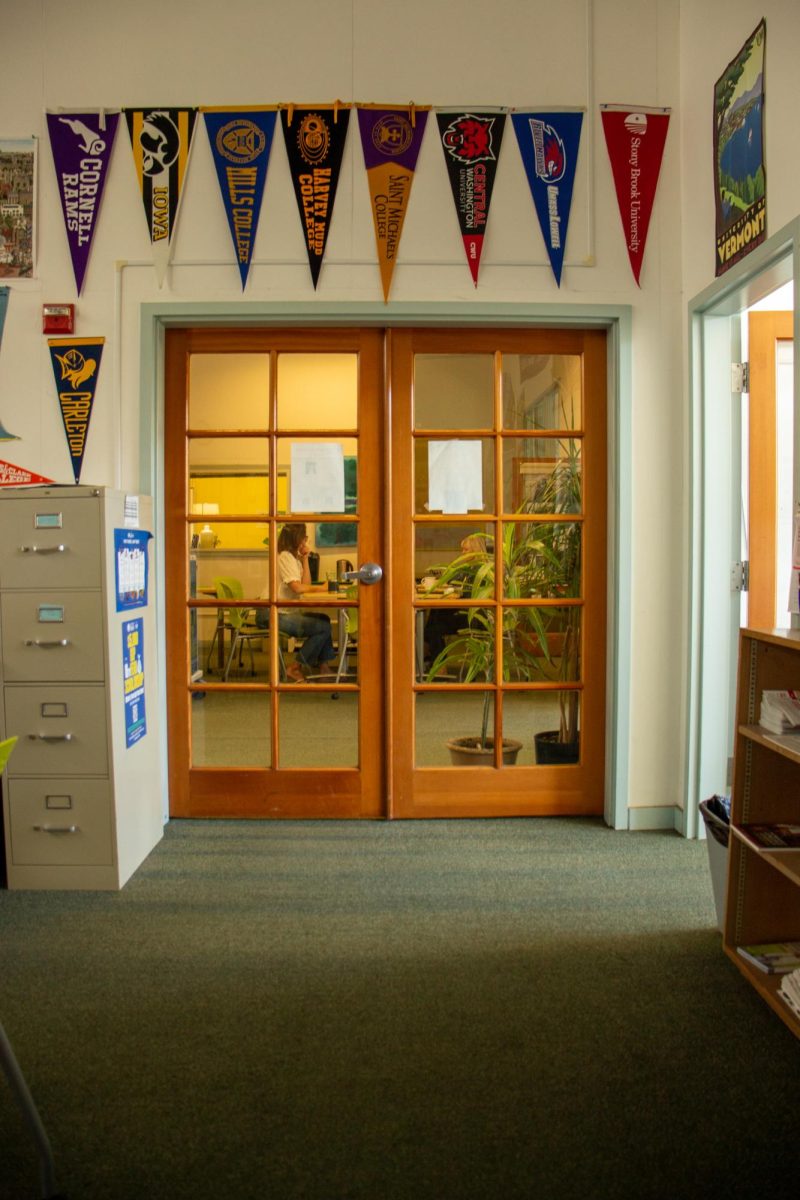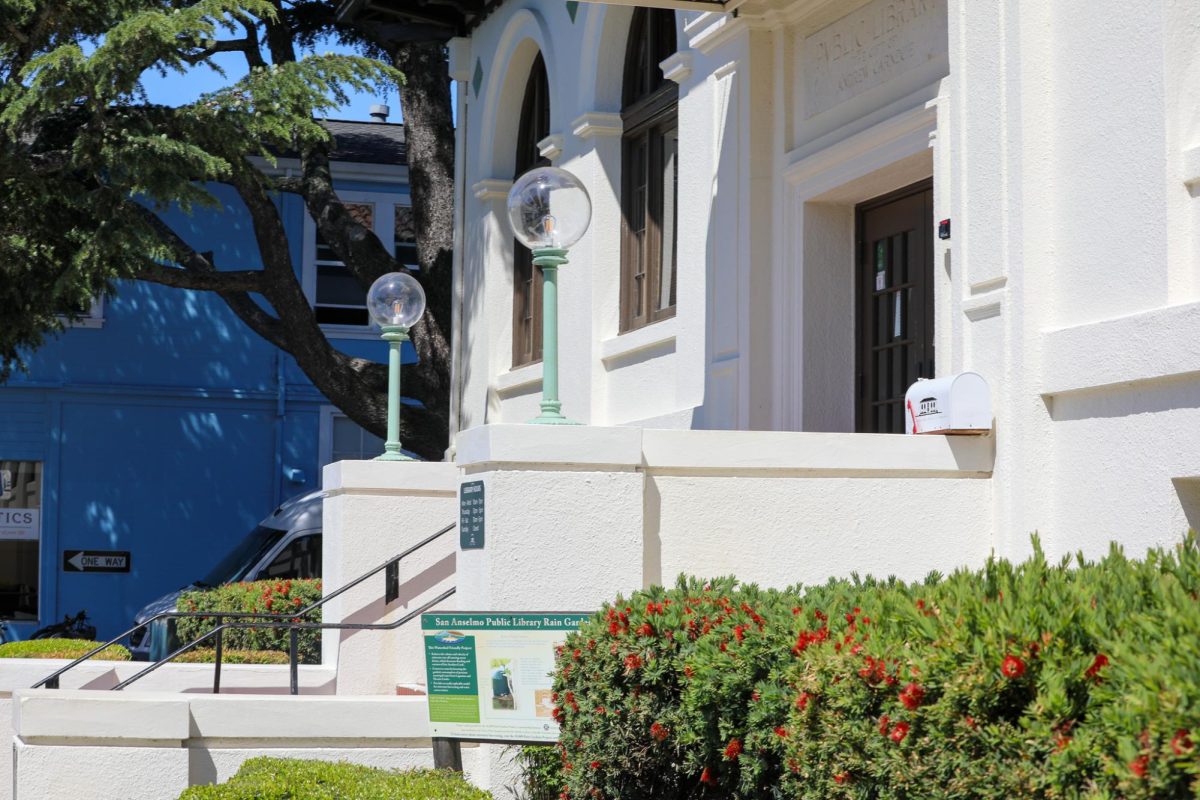As springtime approaches, college decisions are at the forefront of many seniors’ minds. While most of them will head off to their chosen college in the fall, some will choose to take a gap year instead.
A gap year is traditionally defined as a year, usually between high school and college, during which students pause their studies in the interest of pursuing work, travel, or self-exploration. Often, gap years are thought of as a break from learning. However, Bob Clagett, former Senior Admissions Officer at Harvard College and Dean of Admissions at Middlebury College, prefers to define them differently.
“Traditionally, of course, when people think of gap years, they think it’s a ‘year off’ between high school and college, and it can be that. I like to think of it more as a ‘year on,’ where students are actually doing something constructive with their time,” Clagett said.
This can include working or volunteering locally, but frequently, gap years lead students abroad. Many stay with a host family; learn or teach a language; or work and volunteer globally.
“There were a few reasons why I took a gap year. The biggest reason was to save money… and then also, I was struggling with some mental health issues at the time, so taking a gap year sounded like the best thing for me,” said Archie Williams alumna and University of California, Santa Cruz student Ana Cedros.
Other students simply need a break from learning after four demanding years of high school. As college admissions become increasingly competitive, high school students spend all their energy on getting good grades, participating in extracurriculars, and receiving high SAT scores.
“What we always hope will happen for students who take a gap year is that they will, maybe for the first time in their lives, do something that has nothing to do with getting into college,” Clagett said.
If students choose their clubs, internships, and hobbies for the sole purpose of impressing college admissions, they may struggle to determine their genuine passions when they arrive on campus.
“… It’s more important for students to pursue things both in high school and afterward that are truly of interest to them, and gap years help students discover what those things are,” Clagett said.

Abby Lindsay, an alumna of the gap year program Global Citizen Year, traveled to Ecuador for her gap year. For Lindsay, a gap year provided a way to explore her individuality in new circumstances.
“Everybody [that I grew up with] knew me in connection to a piece of my identity, which was great, and parts of that were true, but I don’t think I had ever really tried to figure out who I was, at my core,” Lindsay said. “I had to sort of redefine myself outside of that context, [and that] was really helpful for my self-esteem and my own sense of self.”
As well as helping her discover her identity, Lindsay found taking a gap year to be beneficial to her subsequent experience at Georgetown University in several ways.
“I felt like I showed up [to college] lightyears ahead in terms of my emotional maturity and cultural context perspective that I was bringing to my studies,” Lindsay said.
According to a study done by the Gap Year Association, 97 percent of gap year alumni report an increase in their maturity after their year off. Having time to learn and grow as an individual and an opportunity to get a sense of the “adult world” can give gap year students a level of maturity that students who come straight from high school have not yet acquired.
While standing apart from peers in maturity was helpful academically, it had its drawbacks socially.
“For my first year of college, I felt like since I was being much more intentional about my choices and how I was spending my time, I was lonelier because other peers weren’t doing that,” Lindsay said.
International gap years also expose students to different cultures. Living in a foreign country with unfamiliar surroundings encourages the development of new and unique perspectives in students that they can apply to their learning.
“Not only was I getting that work experience and volunteer experience, but I was also being exposed to lots of different, cross-cultural communication, appreciation of different pieces of the cultures that I brought, and self-awareness that I wouldn’t have gained if I hadn’t been fully transplanted outside of my comfort zone,” Lindsay said.
Experiences gained during a gap year can influence college majors and career choices. Lindsay now works as a social worker in Seattle, which she attributes to her volunteer work assisting at a clinic in Ecuador that serves disabled youth and adults. Similarly, the work Cedros did in her gap year reinforced her decision to study speech.
“When I was nannying these two boys [on my gap year], both of them had speech issues,” Cedros said. “Nannying them led me to my decision to pursue speech pathology and linguistics in college, and speech pathology later on.”
Promising evidence suggests that gap years help students do well in college. A research methodology designed by Bob Clagett used “academic rating.” The Gap Year Research Consortium defines academic rating as “a [number] that provides a measure of potential for academic success at that institution, based on all academic information contained in the application.”
With this information, Clagett compared the performance of gap year students in terms of their GPA relative to what would have been predicted by their academic rating.
“… [We] looked at how gap year students ended up doing in terms of just their pure GPA at Middlebury compared to what we would have expected… and guess what? They way overperformed,” Clagett said.
Unfortunately, international gap years are expensive. Many gap year programs cost between 5,000 and 12,000 dollars, so even with financial aid, going abroad is almost inaccessible to low- and middle-income students.
“[A gap year is] a really hard financial thing to make happen…the reality is that I think right now, taking gap years is largely for privileged kids, which isn’t what it should be,” Lindsay said.
However, there are ways to take an international gap year that don’t cost as much. Many students split their time, working for the first half of the year and traveling for the second. If financially feasible, many gap year alumni and college admissions experts recommend taking a gap year before attending college.
“I think if you’re considering a gap year for the reason of either bettering yourself, bettering your financial situation, or learning more about yourself, definitely do it,” Cedros said.
While taking a gap year may not be for everyone, students considering it have plenty of options to choose from. As gap years become increasingly popular, the field of gap year programs will continue to grow, and there are unlimited options for self-designed gap years.
For more information on gap years, USA Gap Year Fairs is hosting a fair at Archie Williams on Feb. 28. Register at usagapyearfairs.org.










